Rooibos and tea are not the same thing
|
Beneficial, thirst-quenching, without theine... Rooibos is more and more popular in Europe. Quite rightly! You want to learn more about this amazing infusion? Our team answers your questions below!
Rooibos or "red tea"?
Before going any further, some clarification is needed. Since the rooibos is reddish when it is infused, it is often mistaken with tea (and especially with black tea that may look quite similar). That is why some people may call it wrongly "red tea", in France at least. However, rooibos is nothing like tea, from a botanical, as well as geographical or gustatory, point of view.

Left: rooibos / Right : black tea
Photos: L'Autre Thé, all rights reserved
Is there anything called "red tea"?
This name is used in China to qualify what Westerners usually call "black tea". By naming it "red tea", Chinese refer to the colour of the infused tea, whereas we named the different teas according to the colour of their dry leaves. Beware of the possible mix-ups! In France, "red tea" does not really means anything.
What is rooibos, actually?
Rooibos is a bush from the same kind as leguminous plants. Its botanical name is "aspalathus linearis". This bush can be up to 2 meters tall and is covered with needle shaped light green leaves. When spring arrives, it blossoms into yellow flowers, each giving a fruit with one only seed.

Left: Rooibos field - Photo : Rodger Bosch - CC BY-SA 2.0
Right: Rooibos flowers - Photo : Winfried Bruenken - CC BY-SA 2.5
Where is the rooibos from?
Rooibos originates in South Africa, from the north of the Cederberg region, 200km north of Cape Town. Rooibos is the national official beverage in South Africa. It has been drank there since more than 300 years, though it became widely known in Western countries only from the 1990s.

The Cederberg region in South Africa
Map: Htonl - CC BY-SA
Can rooibos be grown outside of South Africa?
Despite several attempts, this plant cannot thrive anywhere else. This is due to the very specific weather conditions in Cederberg, where the air is warm and dry and the soil is acid and poor. Rooibos is very resistant to droughts thanks to its particular roots. It also needs a certain altitude location, between 300 and 600 meters high.
How is rooibos produced?
It is harvested during Austral winter, between February and April. Stems are cut 30 to 40 cm from the ground in average.
The harvest goes through several processes:
- grinding of leaves and stems alltogether
- oxydization: grinded rooibos is piled outside and regularly humidified.
- drying: when the oxidization is satisfying, the harvest is spread and dryed under the sun.
- sieving: all remaining soil and big stems pieces are removed
- steaming
- packing

Rooibos producers in Nieuwoutdville – Photo: Yann Macherez – CC BY-SA 4.0
What is green rooibos?
Green rooibos comes from the same plant, but is less known in Europe. The difference is that green rooibos goes through one less step than red rooibos: it is not oxidized. Leaves are only sun dried. It is more or less the same difference as between white and black teas!

Our organic Green Détox is a mix of green rooibos and purgative plants.
Photo: L'Autre Thé, all rights reserved
How does the rooibos taste?
Plain rooibos is sweet and woody, naturally sugary and with vanilla taste (though it does not contain any sugar).The green rooibos is more fruity and green, fresh and lightly acid. Even if you let your rooibos infusing for a very long time, it will never be bitter nor astringent.
Our organic Nature du Cap is ideal to experience the plain rooibos taste.
Photo: L'Autre Thé, all rights reserved
If you are more into flavoured blends, rooibos goes very well with a wide range of tastes, whether fruity, flowery or spicy. Try Méditation Bio in our range: rooibos is mixed with chaï spices. Kalahari Bio is a totally different blend, mixing rooibos with blood orange and lemon.
What are rooibos' benefits and properties?
- Rooibos does not contain any theine nor caffeine. It will not prevent you from sleeping and will not over stimulate your body.
- Since rooibos contains very few tannins, it can be safely drank by people with anaemia.
- It has zero calorie in.
- It is full of antioxydants (even more in the green rooibos). It is the only natural source for one of them named "aspalathine". Antioxydants are known to fight aging process. It also contains a great deal of ferulic acid, which has an overall effect on health, especially to facilitate digestion.
- Rooibos is also very rich in mineral salts (calcium, iron, potassium...)
These various components make rooibos a very healthy drink that can be drank by everybody (children, pregnant women, elderlies...)
Many other properties are associated with rooibos: it would help to lose weight, to fight cancer and allergies, to name only a few. For now, no reliable clinical study has been made yet on humans. Thus, we cannot confirm (or deny) these assumptions.
How do we prepare a cup of rooibos?
Suitable for the whole family and for any time of the day, rooibos is easy to prepare. If you like it hot, let it infuse into simmering water (90°C) for about 5 minutes (or following your supplier's instructions). You can also drink it cold by infusing rooibos leaves intro cool water for several hours. Some also like to add milk, lemon or mint leaves. You can also opt for one of the various flavoured mixes available.
 A cup of rooibos - CC0 1.0
A cup of rooibos - CC0 1.0
---
For more information (in French)
Le rooibos, bienfaits et atouts santé - Le Monde
Le rooibos, nouvelle coqueluche des amateurs de thé - Sciences et Avenir, 23 juin 2015
Leave a comment
Related posts
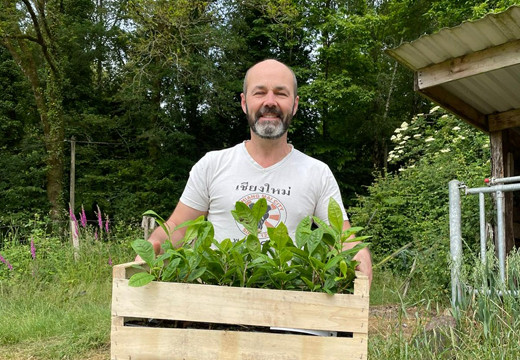 Notre plantation de thé en France !
Notre plantation de thé en France !
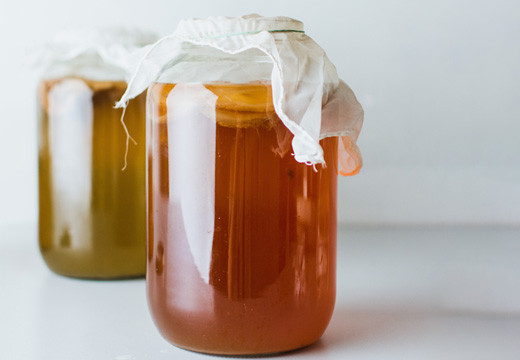 Kombucha, mode d'emploi
Kombucha, mode d'emploi
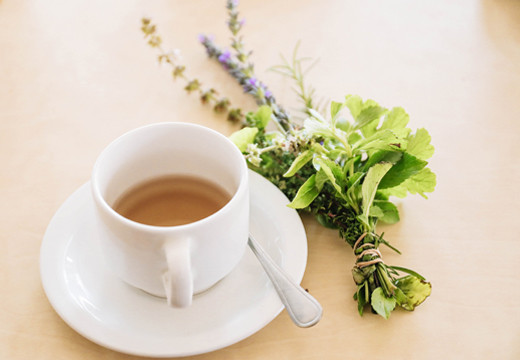 7 plantes pour mieux dormir
7 plantes pour mieux dormir
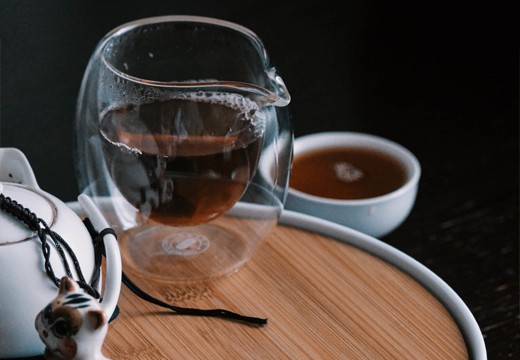 Le thé Pu-Erh : histoire, millésimes & bienfaits
Le thé Pu-Erh : histoire, millésimes & bienfaits
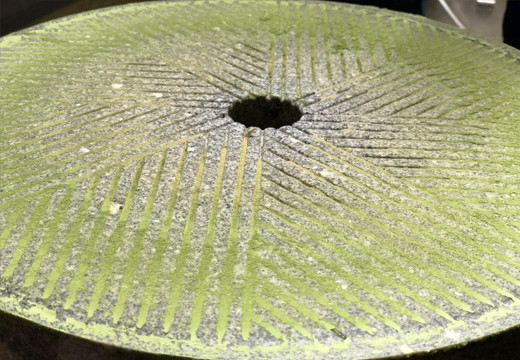 Japon : sur les terres du matcha - 2/3
Japon : sur les terres du matcha - 2/3
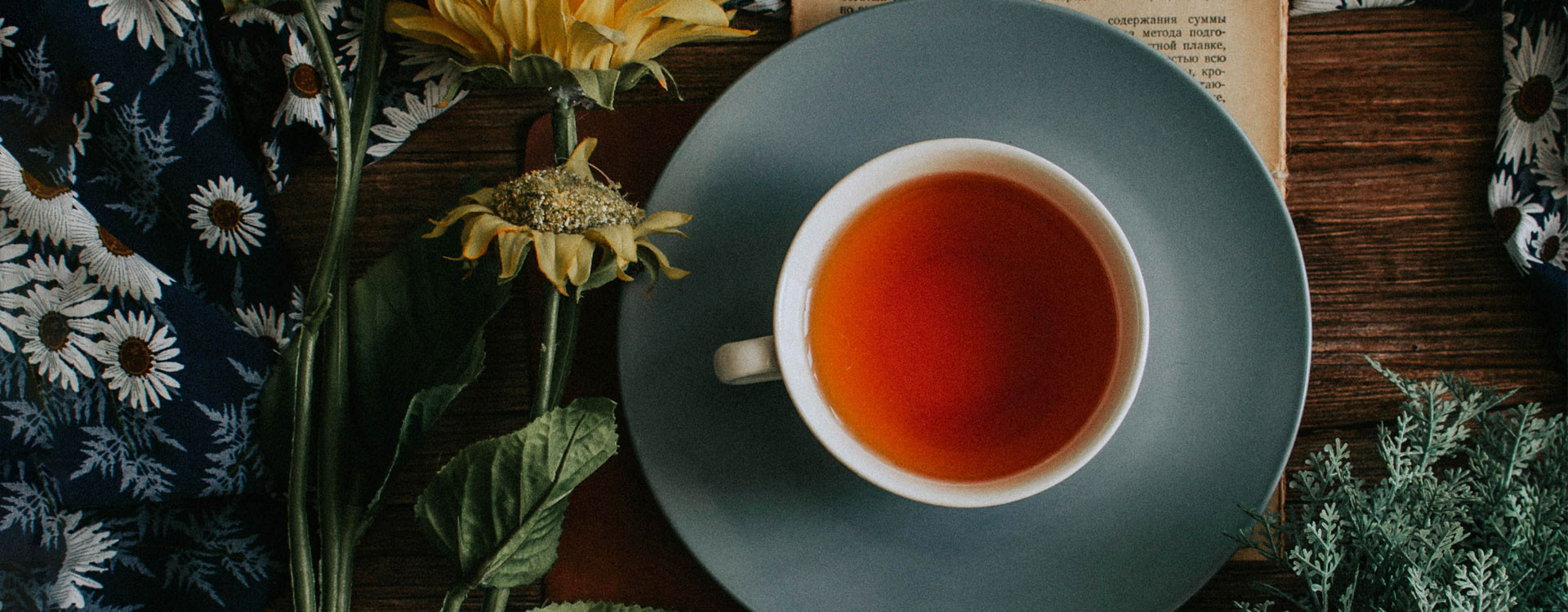

Latest comments